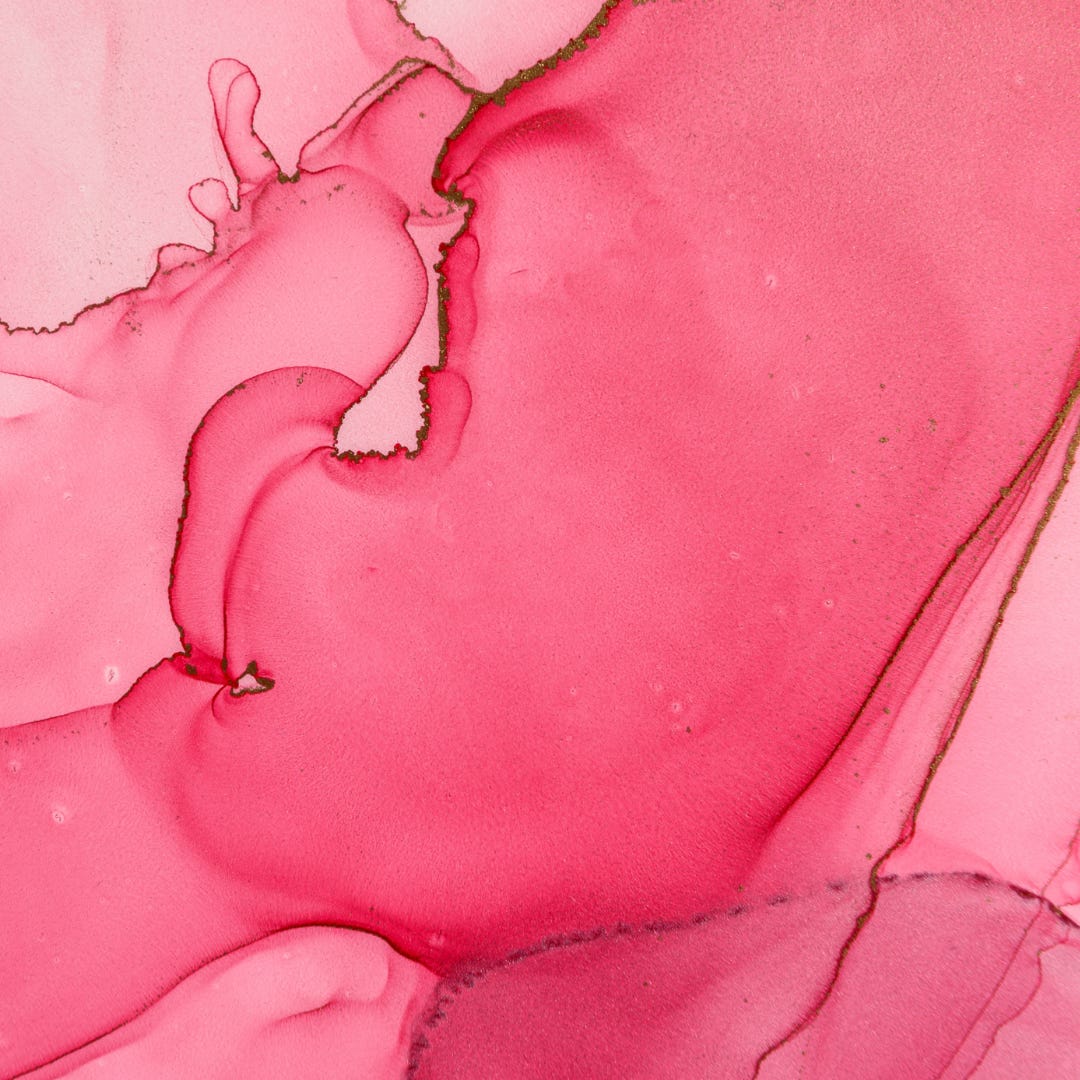How to Write a Really Creative First Draft
One of my best friends can send me something that’s really “drafty,” and I’ll laugh and think, “She’s right. That’s barely an idea, but I can see where it’s headed.” Sometimes it’s two lines of dialogue. Other times it’s a title and a paragraph. Or it’s a couple paragraphs that don’t go anywhere and don’t have transitions. Maybe it’s a wordless sketch or a thumbnail with a silly joke scribbled in the margins.
Getting to see and appreciate those early drafts is one of the marvelous things about being creatively compatible with someone. But we often struggle to trust ourselves with those drafty drafts. Or we don’t know how to move from those tiny glimmers to a full rough draft, without tightening up, slipping into polishing, getting paralyzed, or losing the life of the piece.
A Unique Stage
We may want to rush to finish, so we can submit a piece and see it out in the world. I get that temptation. I really do. But there’s a lot of value in staying in the rough-draft stage. This is where much of the original work is done. It’s when you’re daydreaming, asking questions, and thinking deeply. It’s where you discover the themes and poetic phrases. It’s where you sprinkle clues for your future self to connect during the revision process. If you keep it loose and messy, you might surprise yourself.



